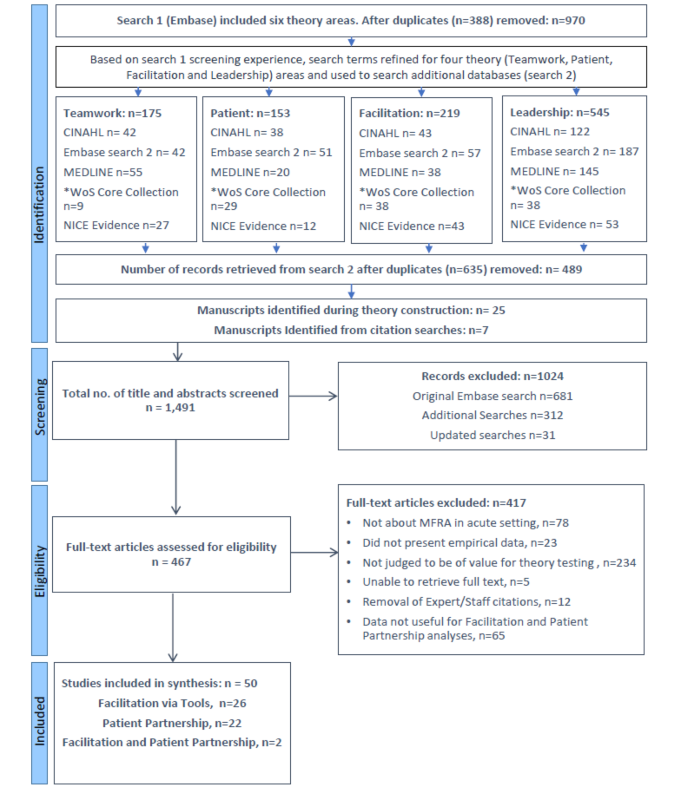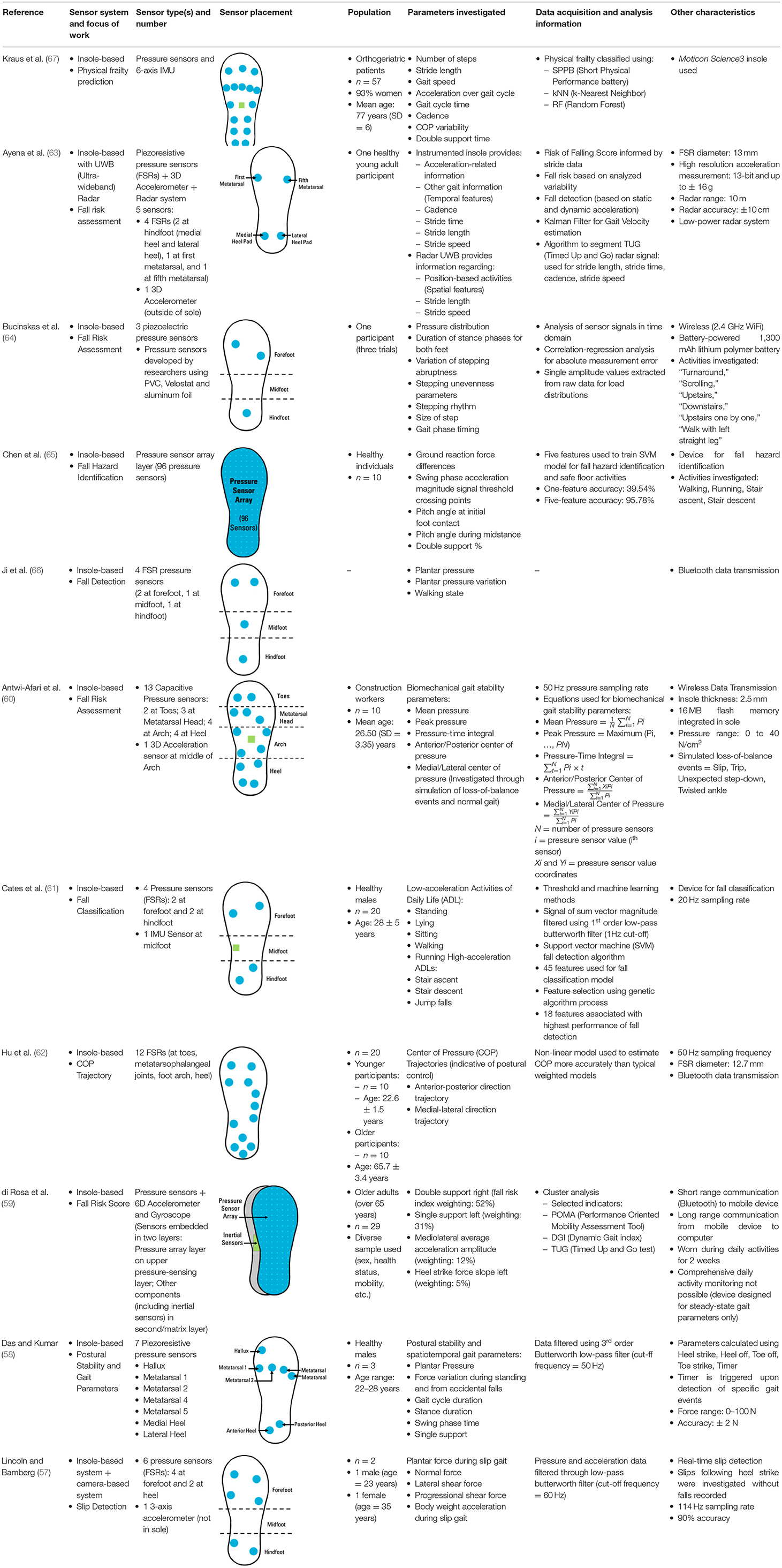Some Known Details About Dementia Fall Risk
The Facts About Dementia Fall Risk Uncovered
Table of ContentsSome Known Facts About Dementia Fall Risk.Rumored Buzz on Dementia Fall RiskThe Basic Principles Of Dementia Fall Risk Dementia Fall Risk - The FactsThe Basic Principles Of Dementia Fall Risk
Evaluating fall risk assists the entire health care team develop a safer environment for each and every person. Make certain that there is a marked area in your medical charting system where team can document/reference scores and document relevant notes connected to drop avoidance. The Johns Hopkins Autumn Risk Analysis Tool is one of several devices your staff can use to aid protect against negative medical occasions.Person falls in hospitals prevail and devastating negative occasions that continue regardless of decades of effort to minimize them. Improving communication across the assessing registered nurse, treatment team, patient, and person's most involved family and friends may reinforce autumn prevention initiatives. A group at Brigham and Women's Hospital in Boston, Massachusetts, looked for to develop a standard fall avoidance program that focused around improved communication and person and family involvement.

The development group highlighted that effective implementation depends on individual and staff buy-in, combination of the program right into existing workflows, and fidelity to program procedures. The group kept in mind that they are coming to grips with just how to make certain connection in program implementation during periods of situation. Throughout the COVID-19 pandemic, for instance, a boost in inpatient drops was associated with restrictions in person engagement together with constraints on visitation.
What Does Dementia Fall Risk Mean?
These events are generally taken into consideration preventable. To carry out the intervention, companies require the following: Accessibility to Autumn ideas resources Fall TIPS training and re-training for nursing and non-nursing staff, consisting of brand-new registered nurses Nursing workflows that enable patient and family members involvement to conduct the falls analysis, ensure usage of the avoidance strategy, and carry out patient-level audits.
The outcomes can be very destructive, frequently accelerating patient decline and triggering longer health center remains. One research study estimated keeps boosted an additional 12 in-patient days after a client fall. The Loss TIPS Program is based upon engaging patients and their family/loved ones throughout 3 main processes: assessment, customized preventative treatments, and auditing to make certain that people are participated in the three-step fall avoidance process.
The person evaluation is based on the Morse Loss Range, which is a verified fall threat assessment device for in-patient health center settings. The range includes the 6 most common factors individuals in healthcare facilities drop: the client loss history, risky conditions (consisting of polypharmacy), use of IVs and various other exterior gadgets, psychological status, stride, and wheelchair.
Each risk variable links with several workable evidence-based interventions. The nurse develops a plan that integrates the treatments and is noticeable to the care team, person, and family on a laminated poster or published aesthetic aid. directory Registered nurses create the plan while meeting with the patient and the client's household.
Get This Report about Dementia Fall Risk
The poster acts as an interaction tool with other members of the client's care group. Dementia Fall Risk. The audit part of the program consists of examining the client's knowledge of their risk factors and avoidance strategy at the system and health center degrees. Registered nurse champions carry out at the very least five individual meetings a month with people and their households to examine for understanding of the loss avoidance plan

An estimated 30% of these drops outcome in injuries, which can range in intensity. Unlike other damaging events that require a standard medical feedback, autumn avoidance depends extremely on the demands of the individual.
The Only Guide to Dementia Fall Risk

Based upon auditing results, one website had 86% compliance and two sites had more than 95% compliance. A cost-benefit evaluation of the Loss suggestions program in 8 medical facilities approximated that the program cost $0.88 per client to implement and led to cost savings of $8,500 per 1000 patient-days in straight costs associated to the avoidance of 567 drops over three years and eight months.
According to the innovation group, organizations thinking about carrying out the program needs to conduct a readiness evaluation and drops avoidance voids analysis. 8 In addition, organizations must ensure the required facilities and process for implementation and create an application plan. If one exists, the organization's Autumn Prevention Task Force ought to be included in planning.
Dementia Fall Risk Fundamentals Explained
To begin, companies must make certain conclusion of training like this components by nurses and nursing assistants - Dementia Fall Risk. Medical facility staff should analyze, based on the requirements of a health center, whether to make use of an electronic health document printout or paper variation of the loss prevention plan. Implementing teams should hire and train registered nurse champs and establish procedures for auditing and coverage on autumn data
Team need to be involved in the procedure of revamping the process to engage clients and family members in the evaluation and prevention strategy process. Solution ought to be in area to make sure that units can recognize why an autumn took place and remediate the cause. Extra particularly, nurses should have networks to provide recurring feedback to both personnel and unit management so they can adjust and enhance loss avoidance workflows and interact systemic problems.